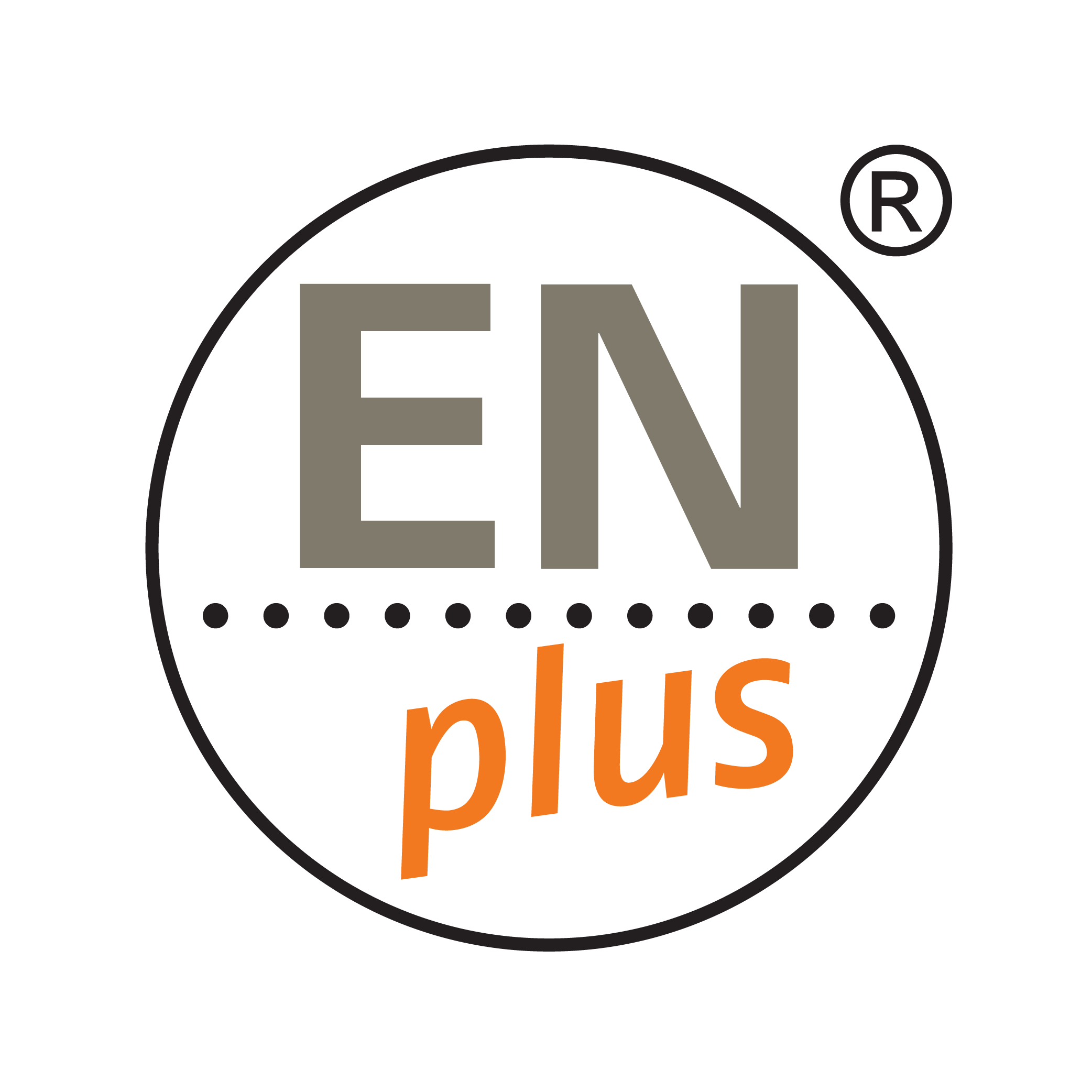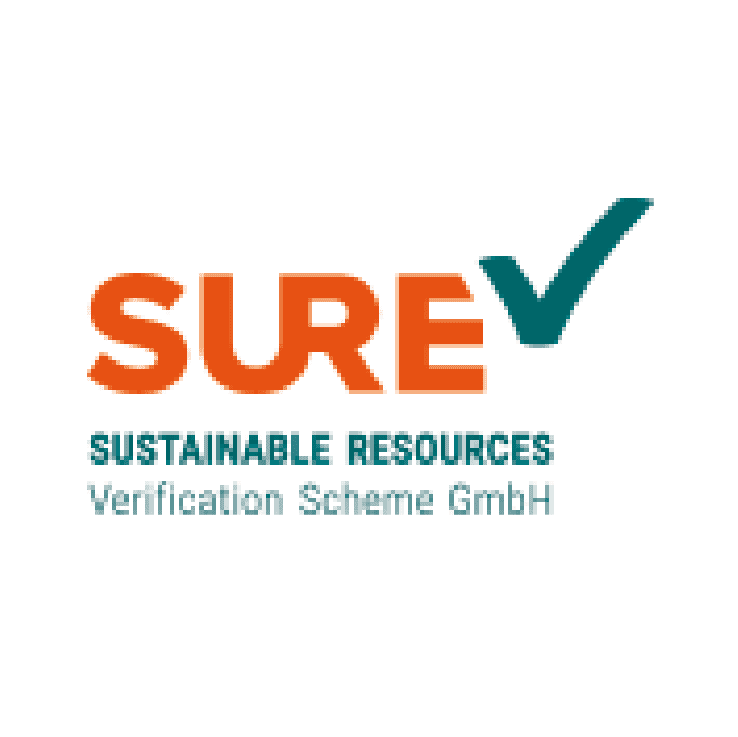
Given the overarching need for energy efficiency and ecodesign, we believe that LSHs should not be subject to a combined Energy Labelling scale together with AAHPs.

The new proposal from the European Commission plans to merge the energy classification of Air-to-Air Heat Pumps (AAHP) a.k.a. Lot10 and Local Space Heaters (LSH) a.k.a. Lot20 fuelled by electric, gas, oil, coal and bioenergy into a single label. The result will be a classification in which every heating product type (e.g. pellet stoves) will on average only occupy two classes as compared to the seven classes of the label. It will be virtually impossible for a European consumer to make an informed choice within the product type. If the consumer cannot make decisions based on energy efficiency, manufacturers will no longer invest in research and development of more efficient products and the effect of the merger will be the opposite of what is intended by Energy Labelling.
On comparing products that are not interchangeable
LSH and AAHP are often not interchangeable for technical and economic reasons. Placing them under a joint energy labelling scale would confuse consumers, as they may be led to believe that different heating technologies are interchangeable. In reality, both product groups differ in their functionalities, have highly different heating capacity ranges, installation requirements, distribution and installation outlets and costs.
AAHPs and LSHs often work together to achieve the desired results in buildings. This is similar to the symbiosis in other sectors: for example, laptops and mobile phones are complementary as ICT devices used for communication, with different applications and purposes.
On the European Commission influencing choices that are meant to be taken locally
The best appliance to heat a building depends on the type of building, the climate, the energy price as well as efficiency. By reducing the comparison between different, incomparable products, based only on electrical efficiency, the risk of distorting the market is introduced. Energy labels are meant to compare products from the same class, allowing the consumer to meaningfully evaluate their efficiency.
On jeopardising energy security and energy prices
The current energy crisis is also an ‘affordable energy’ crisis, driving more and more Europeans into energy poverty. During a harsh European winter, it is essential for human health and wellbeing to have appropriate, reliable and affordable heating while ensuring security of supply. Wood logs and pellets purchased in Europe generally originate from the internal market and equipment manufacturers are nearly all EU-based, also exporting all over the world. That makes the sector a reliable option for providing renewable and accessible heating in rural areas.
Merging incomparable products will lead to an overreliance on AAHP, making the public more dependent on electricity, which is largely generated by fossil fuels, for their heating. This would damage a strategic European asset in the energy mix and a key sector for the EU energy independence.
Given the overarching need for energy efficiency and ecodesign, we believe that LSHs should not be subject to a combined Energy Labelling scale together with AAHPs.




